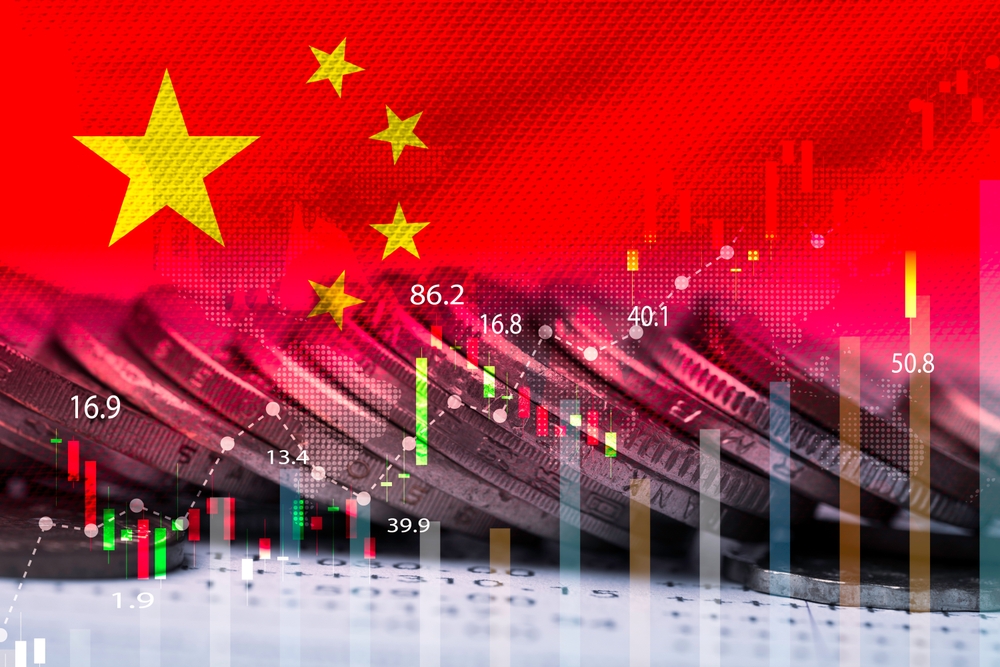China’s export and import growth in September fell short of analysts’ expectations, signaling growing concerns about one of the few bright spots in the world’s second-largest economy. According to customs data released on Monday, exports rose by 2.4% year-on-year, while imports edged up just 0.3%, both well below market forecasts. The figures add to the challenges facing China’s economy, which has been weighed down by a real estate slump and lackluster consumer spending.
Exports and Imports Underperform
In a Reuters poll, analysts had expected China’s exports to grow by 6% and imports to rise by 0.9% in September, but the actual figures reflected weaker-than-anticipated performance. Exports, which have been a crucial driver of China’s economic growth in recent years, faced increasing headwinds. Trade tensions, particularly with the U.S. and European Union, and a slowdown in demand for key products like shoes, toys, and smartphones, have contributed to the underperformance.
Zhiwei Zhang, president and chief economist at Pinpoint Asset Management, highlighted the challenges ahead: “Heightened trade tensions will make it difficult for China’s exports to keep growing at a strong pace heading into next year.”
Exports to the U.S., China’s largest trading partner, rose by 2.2% in September, while imports from the U.S. climbed by 6.7%, according to an analysis by CNBC. Trade with the Association of Southeast Asian Nations (ASEAN), China’s largest regional trading partner, also showed growth, with exports rising 5.5% and imports up 4.2%. However, exports to the European Union saw only a 1.3% increase, and imports dropped by 4%.
Sector-Specific Trends and Economic Weakness
While some sectors, like autos, saw continued export growth at 25.7%, the overall export landscape revealed weaknesses in several key areas. Exports of home appliances, integrated circuits, and ships showed growth, but those of shoes, toys, and smartphones fell year-on-year. On the import side, China’s crude oil imports dropped sharply by 10.7%, reflecting reduced domestic demand, while imports of natural gas and coal increased.
China’s rare earths trade, a critical component for many technologies, also took a hit. Rare earth exports plunged by more than 40%, and imports fell by 9%. These declines highlight Beijing’s efforts to bolster national security through food and resource supplies, including a nearly 39% surge in soybean imports.
Adding to the grim economic outlook, China’s core consumer price index, which excludes volatile food and energy prices, rose by just 0.1% in September, the slowest rate since February 2021. The weak inflation print underscored the lackluster domestic demand despite holidays like the Mid-Autumn Festival and Golden Week.
Fiscal Policy and Future Outlook
The weaker-than-expected trade data follows recent efforts by Chinese authorities to ramp up economic stimulus. However, despite various announcements aimed at boosting growth, details of Beijing’s fiscal policy remain vague, leaving many investors uncertain about the ultimate impact of the government’s economic support.
Zichun Huang, China economist at Capital Economics, pointed out that import volumes fell in September, but they are expected to rebound in the short term as increased fiscal spending drives up demand for industrial commodities. “We think the finance ministry’s increase in fiscal expenditure will boost construction activity and drive higher demand for industrial commodities, at least for a quarter or two,” Huang said.
Looking ahead, China’s National Bureau of Statistics is scheduled to release third-quarter GDP data on Friday, alongside retail sales, industrial production, and fixed asset investment for September. These indicators will provide further insights into the state of China’s economy as it navigates the challenges posed by weak domestic demand and global trade pressures.


